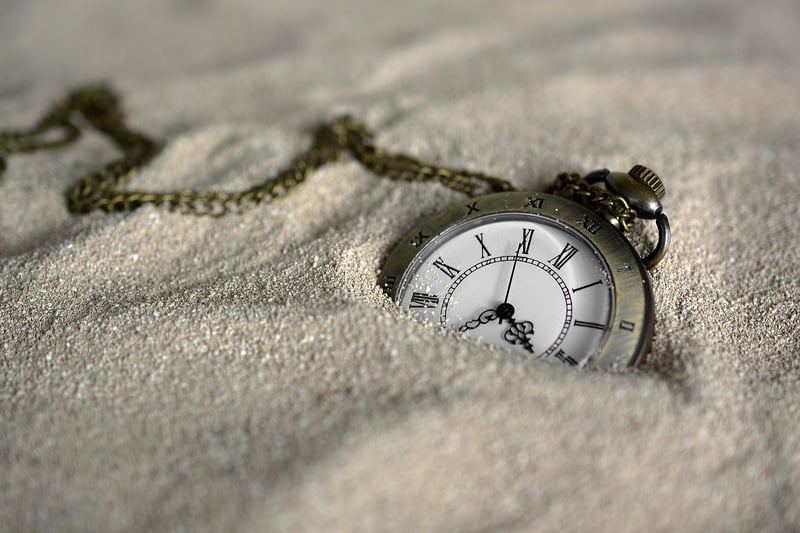Predestination Paradox
Unravel Time Conundrums: Exploring the Predestination Paradox
Time travel has long captured the imagination of humanity, leading to numerous theoretical conundrums and paradoxes. One of the most intriguing concepts in time travel fiction is the Predestination Paradox, a mind-bending idea that challenges our understanding of causality and free will.
What is the Predestination Paradox?
The Predestination Paradox, also known as a causal loop or bootstrap paradox, occurs when a time traveler unknowingly influences past events that lead to the very future they are trying to prevent. In essence, the time traveler's actions become the cause of the events they are attempting to change, creating a self-repeating cycle with no clear origin.

Examples in Popular Culture
Popular films and literature have often explored the intricacies of the Predestination Paradox. One notable example is the movie "Looper," where characters attempt to alter the future but end up causing the events they sought to avoid. Another classic portrayal can be found in "Twelve Monkeys," where the protagonist's efforts to prevent a global pandemic inadvertently lead to its outbreak.
Navigating the Paradox
Debates among physicists and philosophers continue on how the Predestination Paradox could be resolved. Some theories suggest the existence of parallel universes or timelines, allowing for multiple outcomes to coexist simultaneously. Others propose that time itself is immutable, and any attempt to alter the past would only fulfill the predetermined future.
Conclusion
The Predestination Paradox serves as a captivating thought experiment, pushing us to question the nature of time, causality, and our place within the vast tapestry of existence. Whether it remains a theoretical concept or holds a key to unlocking the mysteries of the universe, the paradox reminds us of the boundless wonders and complexities that lie within the realm of time travel.
